#black farmers
Text

2K notes
·
View notes
Text

300 notes
·
View notes
Text

Shoppe Black’s Ultimate List of Black Owned Farms and Food Gardens🥦🥬
#shoppe black#gardening#herbs#reading#container gardening#black farmers#black gardeners#garden resources#urban farming#horticulture#permaculture#black owned farms#rootwork
1K notes
·
View notes
Text
I found a wonderful painting yesterday at an antiques mall.
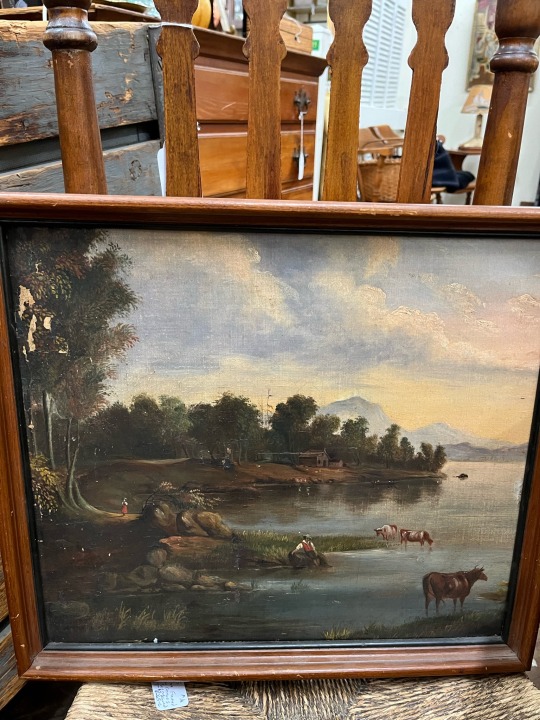
It’s a pretty typical pastoral painting from the 1800s, with one exception: the figures in the painting are all people of color.
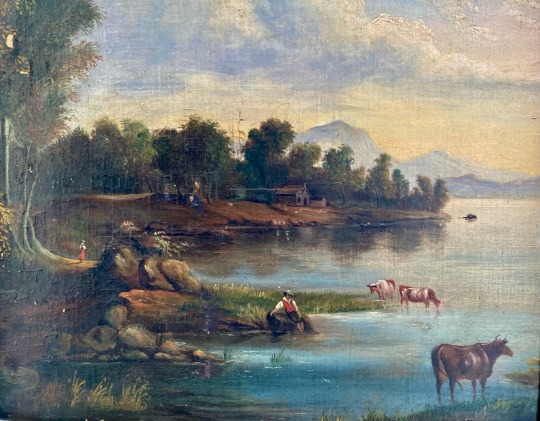
From the young man in the foreground watering the cows in the river, to the woman in sunlight on the left, making her way back to the tidy little house under the trees, to the far-off figures in the boat preparing to land on the shore in front of the house—all are people of color.
I especially like the young man. There is something wonderful about his relaxed but confident posture, the way he’s cocked his wide-brimmed hat, his bright red weskit.

So I bought the painting. It’s hanging in our dining room, where we are lucky enough to be able to see it every day. I love it.
40 notes
·
View notes
Video
Black Farmers
the 1619 podcast has a great episode about Black Farmers
https://www.nytimes.com/2019/10/04/podcasts/1619-slavery-sugar-farm-land.html?
In the fall of 1864 at the height of the Civil War, one of the most famous Union generals, William Tecumseh Sherman, begins his march out of the city of Atlanta to the sea.
And as Sherman and his men make their way through Georgia, black Southerners are seeing an opportunity.
And so by the thousands, they start to leave the plantations where they’ve been enslaved and are falling behind Sherman’s troops as they make their way to the coast.
But these newly liberated people were not exactly welcomed. Sherman didn’t actually oppose slavery, and so he’s really not that sympathetic to those who are fleeing these plantations, and he also sees them as a drain on his resources. They are families. They are people of all ages, young and old, who need food and care, and they are slowing the troops down.
By December of that year, some of Sherman’s troops are about to approach Savannah, and they come upon a creek that is both too wide and too deep to cross without a bridge. So the troops start building one, and they instruct the black people who are following them to just wait, that the troops need to cross first, but then they’ll be able to come after. But the Confederate Army is on their heels, and once the Union troops cross, they break up the bridge, leaving all those people who had just escaped slavery behind to face either the icy waters or the rebel army that was in pursuit.
It is a massacre. Some of them drown trying to swim across. Others are trampled or shot to death, and those who remain are captured and re-enslaved. When word gets back to Lincoln’s secretary of war, Edwin Stanton, he is outraged. He has Sherman pull together a meeting with 20 black church leaders. There’s a transcript of this meeting, and it shows that these two men, Stanton and Sherman, actually turned to this group of black leaders and asked them, what do you want for your own people?
Speaking for the group, one of the men tells them, “The way we can best take care of ourselves is to have land, and turn it and till it by our own labor — that is, by the labor of the women and children and old men, and we can soon maintain ourselves and have something to spare.”
And what’s remarkable is that Sherman turns that request of those men for land to work for themselves into a government order, Special Order No. 15. It said that the government would take 400,000 acres that it had seized from the Confederacy and split it up among those thousands of newly emancipated people. This becomes what is perhaps the most famous provision of the Reconstruction period, which we all know as 40 acres and a mule. President Lincoln approves the order, but soon after, he’s assassinated. And Andrew Johnson, a Southerner who had once enslaved people himself, takes over the presidency and quickly overturns it. And within a few short months, the small amount of land that had been distributed to black people was returned to white Southerners.
#tiktok#farmers#black farmers#podcast#farming#history#USDA#civil rights#reagan was a terrible president#us history
135 notes
·
View notes
Text
SUPPORT BLACK VEGAN FARMERS PURCHASE LAND AND EQUIPMENT
Liberation Farm is a 17-acre Black vegan radical farm in the Catskill mountains of New York. Growing 100% organic produce such as beets, greens, herbs and beet juice. Supporting Black Liberation through skill-building workshops, vegan brunches, group exploration hikes. Liberation Farm explores the Black diaspora's stolen history and forgotten culture through slow and peaceful human transformation
#vegan#black veganism#black radical veganism#support black farmers#black vegan#afro vegan#afro veganism#black farmers#crowdfunding#liberation farms
567 notes
·
View notes
Text
#good news#nature#science#environmentalism#environment#black farmers#black growing traditions#food#food sovereignty
25 notes
·
View notes
Text
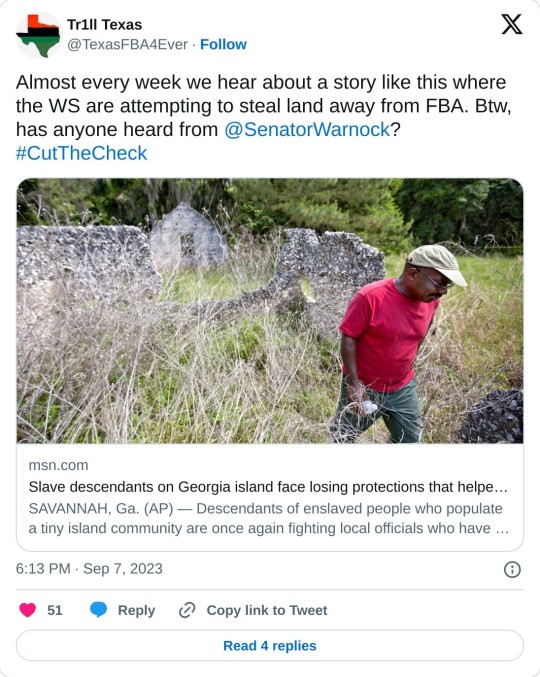
DARIEN, Ga. — Descendants of enslaved people who populate a tiny island community are once again fighting their local government, this time over a proposal to eliminate protections that for decades helped shield the Gullah-Geechee residents from high taxes and pressure to sell their land to developers.
Residents of Hogg Hummock and their supporters packed a courtroom Thursday night to oppose a proposal by McIntosh County officials to cast aside zoning ordinances that limit homes to modest sizes in the enclave of 30 to 50 Black residents on Sapelo Island off the coast of Georgia.
After more than 30 people spoke out against the proposal over two hours, the county zoning board made some hasty changes aimed at appeasing island residents and then voted to send the amended ordinance to McIntosh County's elected commissioners. The five-member commission has the final say, and could choose to vote on the original zoning proposal that rattled island residents when it meets next week.
The rules were enacted in 1994 for the sole purpose of protecting one of the South's few remaining communities of people known as Gullah, or Geechee in Georgia, whose ancestors worked island slave plantations. Their isolation from the mainland meant they retained much of their African roots and traditions.
Residents say losing zoning protections would drive out Hogg Hummock residents by attracting wealthy transplants eager to build large beach houses, causing land values and property taxes to soar.
“It’s the erasure of a historical culture that’s still intact after 230 years," said Reginal Hall, a Hogg Hummock landowner whose family has deep roots on the island. "Once you raise those limits and the land value increases, we only have two to three years at most. If you talk about the descendants of the enslaved, 90% of us will be gone.”
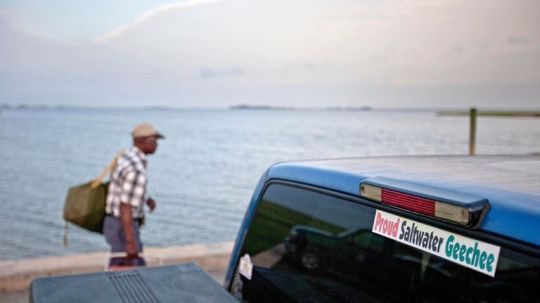
A sticker celebrating the Geechee heritage is seen on a pickup truck, June 10, 2013, as passengers board a ferry to the mainland from Sapelo Island, Ga. One of the few remaining Gullah-Geechee communities in the U.S. is in another fight to hold onto land owned by residents' families since their ancestors were freed from slavery. The few dozen remaining residents of the tiny Hogg Hummock community on Georgia's Sapelo Island were stunned when they learned county officials may end zoning protections enacted nearly 30 years ago to protect the enclave from wealthy buyers and tax increases. Credit: AP/David Goldman
Gullah-Geechee communities are scattered along the Southeast coast from North Carolina to Florida, where they have endured since their enslaved ancestors were freed by the Civil War. Scholars say these people long separated from the mainland retained much of their African heritage — from their unique dialect to skills and crafts such as cast-net fishing and weaving baskets.
Hogg Hummock earned a place in 1996 on the National Register of Historic Places, the official list of America's treasured historic sites. But for protections to preserve the community, residents depend on the local government in McIntosh County, where 65% of the 11,100 residents are white.
The current ordinance designating a special zoning district for Hogg Hummock limits homes to 1,400 square feet (130 square meters) of heated and air-conditioned space, prohibits paving except for building foundations and requires a permit to demolish any structure deemed eligible for the National Register.
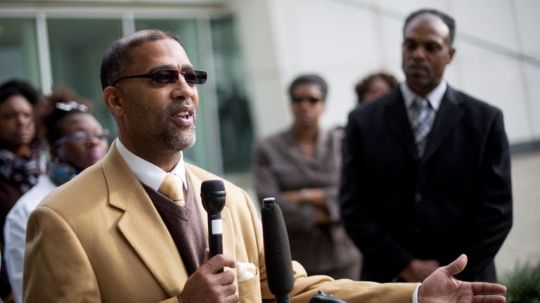
Sapelo Island, Ga., descendant and land owner Reginald Hall speaks at a news conference outside federal court, Dec. 9, 2015, in Atlanta. One of the few remaining Gullah-Geechee communities in the U.S. is in another fight to hold onto land owned by residents' families since their ancestors were freed from slavery. The few dozen remaining residents of the tiny Hogg Hummock community on Georgia's Sapelo Island were stunned when they learned county officials may end zoning protections enacted nearly 30 years ago to protect the enclave from wealthy buyers and tax increases. Credit: AP/David Goldman
County attorney Adam Poppell said the square-footage limit had proven impossible to enforce. The zoning board hoped to satisfy Hogg Hummock residents' concerns about supersized homes by voting to limit development to no more than 10% of a lot, as opposed to 40% in the existing zoning ordinance.
Hogg Hummock resident Jazz Watts said he felt the changes were rushed and that the zoning board should have thrown out the entire proposal.
“They need to start over,” Watts said. “There are too many questions that they can't even answer.”
Patrick Zoucks, the county manager, defended the zoning proposal in a statement issued before the Thursday meeting, saying it was“in the best interest of the residents of Hogg Hammock and all of the citizens of McIntosh County. ”
“Nothing about this issue involves race, or the discriminatory application of the regulations,” Zoucks said.
Commissioner Roger Lotson, whose district includes Sapelo Island, opposed the original proposal to eliminate the maximum home size in Hogg Hummock. He said the zoning board's changes, while welcome, seemed rushed. And he noted the county commission could reject them altogether and vote on the original plan.
“All they're doing is giving us a recommendation,” Lotson said.
It's not the first time Black residents of Sapelo Island have battled with the county government.
Some families have sold to outsiders who built vacation homes. In 2012, dozens of Hogg Hummock residents and landowners swarmed the county courthouse to appeal painful tax increases caused by soaring property values. County officials rolled most of them back.
Residents then sued the county in federal court in 2015, arguing a lack of government services such as firefighters and trash collection were eroding the island community. The case was settled last year, with McIntosh County agreeing to improve emergency services and road maintenance. Some residents also had their property taxes frozen through 2025.
Lotson said he's unsure how his fellow commissioners will vote, though he's trying to persuade them that Hogg Hummock is worth preserving.
“It’s a step back in time," Lotson said. "And the fear of many, including myself, is that by allowing any size house over there, soon the uniqueness of Sapelo will go away.”
#Slave descendants on Georgia island fighting to keep protections that helped them keep their land#georgia sea islands#Freedmen#FBA#Black Farmers#Black Ancestral Homesteads#Black Land in america#Sapelo Island
32 notes
·
View notes
Text

"Tuckered out..."
A farmer and his grandson in Greensboro, North Carolina in 1941.
Ilovethis🖤🖤
#blackhistory#black and beautiful#african american#blackart#paved the way#grandpa#grandson#sleepy lad#dapper black men#menshats#1941#north carolina#black farmers#hardworkers#restingontheporch#pipetime#overalls#kinkyhair#suspenders
26 notes
·
View notes
Text
91 notes
·
View notes
Text
Good morning 🌞

55 notes
·
View notes
Text







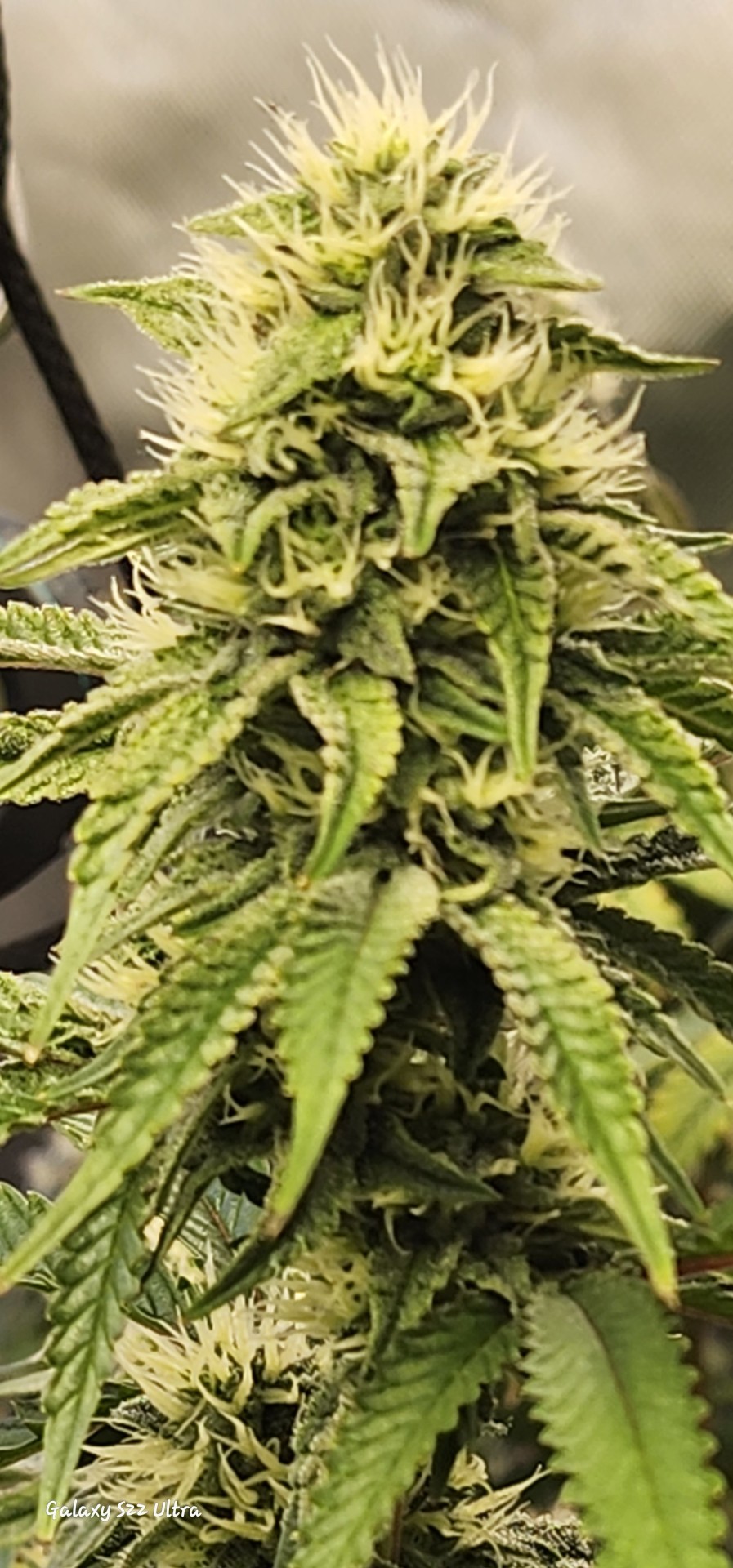

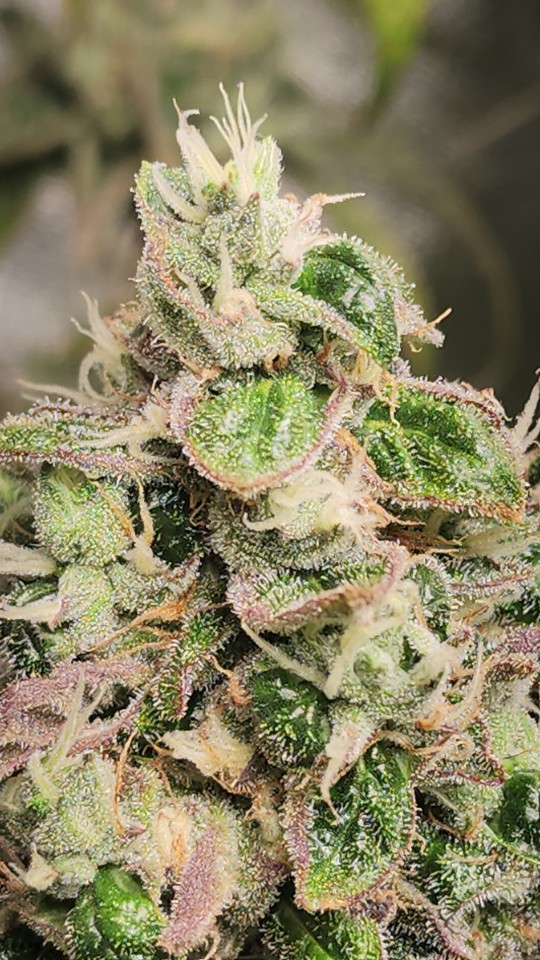
Strawberry Space Candy is a cross between Strawberry Og ♀️ and Space Candy ♂️ cultivated by Dr Green'Butter Thumb
#18+ content#Strawberry Space Candy#weedporn#Green'Butter Genextics#Green'Butter Project#Dr.GreenButter'Thumbs#weedfarmer#weedlife#weed strains#weedstagram#weed plant#weed pictures#weed posting#black farmers#urban farming
6 notes
·
View notes
Text
Happy National Farmers Day. 🧑🏿🌾🤗





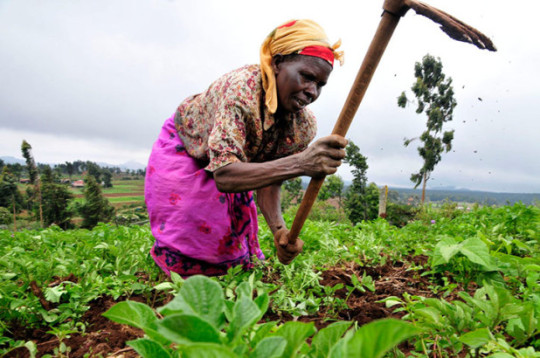



#Farmers day#black farmers#African farmers#women farmers#egfg#west africa#ebony#ebonygirl#ebonybeauty#black beauty#dark skin#black girls
79 notes
·
View notes
Text
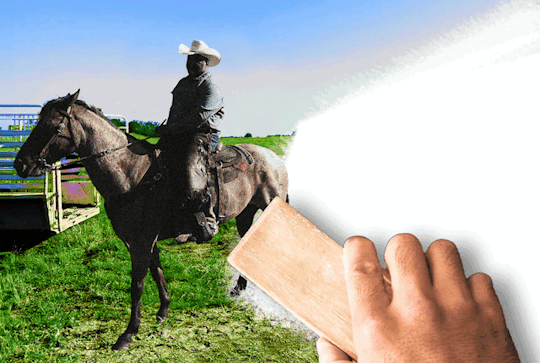
America's Black farmers are disappearing. What can be done to ensure their survival?
The morning sun hugs the horizon just as Nate Bradford Jr. hops into his pickup truck to make the hour drive home. Many in this rural Oklahoma town are getting ready to go to work. Bradford is getting off. He works as a gas plant operator, earning around $70,000 a year.
The job pays the bills, but his schedule is a grind because he alternates between working the day shift and the night shift. Seven days; seven nights. One week off. Repeat. He tells himself he can’t do this job for another 20 years.
Bradford lives on a 160-acre farm and his dream is to make his living from it — hire a foreman to maintain the cows and property, build a nice home for his family on the high ground across the creek, and pass on what he can to his three children, including one already studying agribusiness west of Tulsa at Langston University.
But the past keeps blocking his future. It’s just as true for other Black farmers and cattle ranchers: They are a dwindling lot, living on less land and battered by financial hardships and uncertainties that place a heavier burden on them than on their white counterparts. [...]
Black farmers in America are disappearing. They’re living on less land, and are severely restricted by having less access to credit One study found that Black farmers lost $326 billion in land — and wealth — between 1920 and 1997 alone.
Read more
Repeat that: Between 1920 and 1997. That's just $326 billion in land for 77 years alone.
The land wasn't "lost." It was intentionally stolen, leading to stolen generational wealth by design. Millions of acres. One of umpteenth things that's been/continues to be stolen from Black Americans. All of this is government sanctioned by both political sides. Lineage-based reparations are owed to Black Americans by the US corporate government in direct cash payments, land, and protective policies. After centuries, things are in motion on local levels for now, but as expected they're slow walking it. Pay the debt in full, return all of our shit in full + more and leave us TF alone.
There is no reason as to why an ethnic group in their own homeland should be deprived of what their ancestors built from scratch and owned so that the government can provide room and a sense of freedom, potential to build wealth, housing and the works to anyone who decides they want to live an "American Dream," leading to the continuous nightmare with slow genocide and ethnocide to boot at that home ethnic group's expense. Vile & asinine.
If you're Black American, please trace your lineage. Not the ancestry spit test. Actual genealogical records. Gather them. Get to know your ancestors, breaking past the 1870 wall, and examine exactly what was stolen from them and could possibly still be in their name that your family was striped of. Know your personal lineage story. The great and the tragic.
Use this as a guide.
11 notes
·
View notes
Text
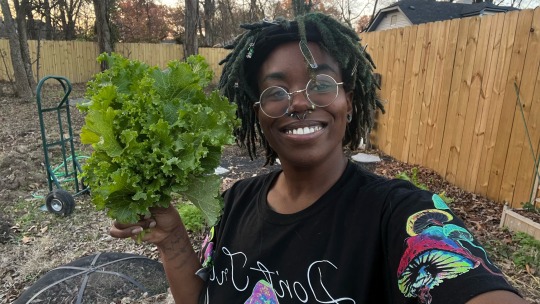
First time harvesting some Giant Curled Mustard greens🥬 for a friend
December 3rd
65°
34 notes
·
View notes
Text
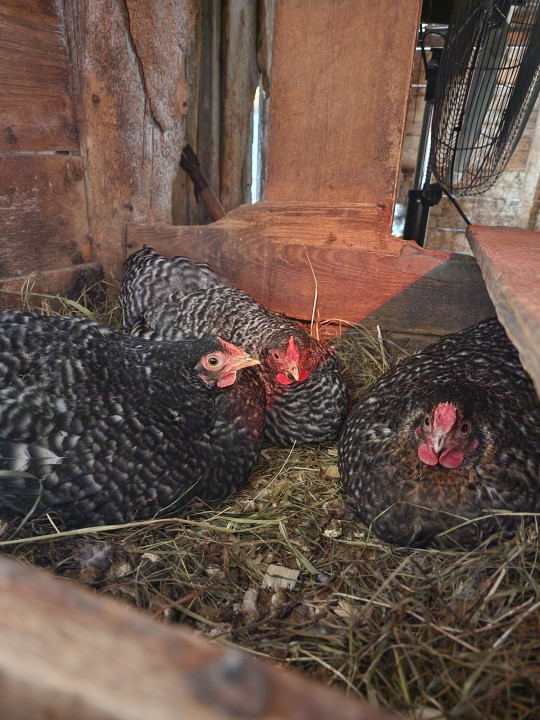
Simultaneous Lay.
The hen on the right with the red chest is the only fav/Dom cross girl that made it. She is a boss. There are two fav/Dom cross roosters around too!

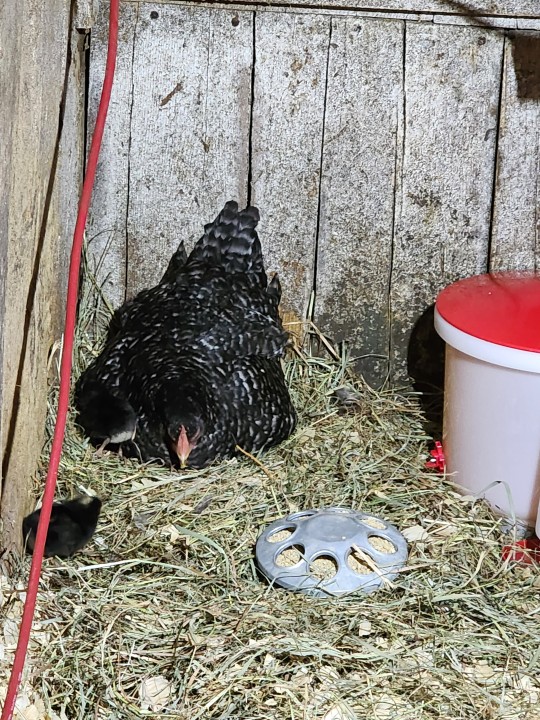
Mama's doing well and hatching now. She's up to three chicks now, one looks to be a rooster or a cross, not sure yet!
It's chick season!
Almost to spring...
2 notes
·
View notes